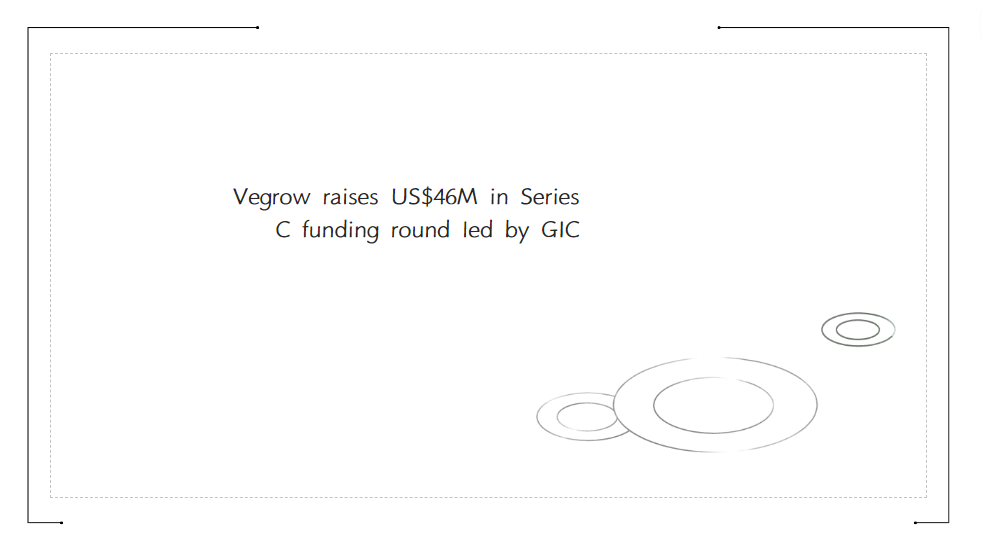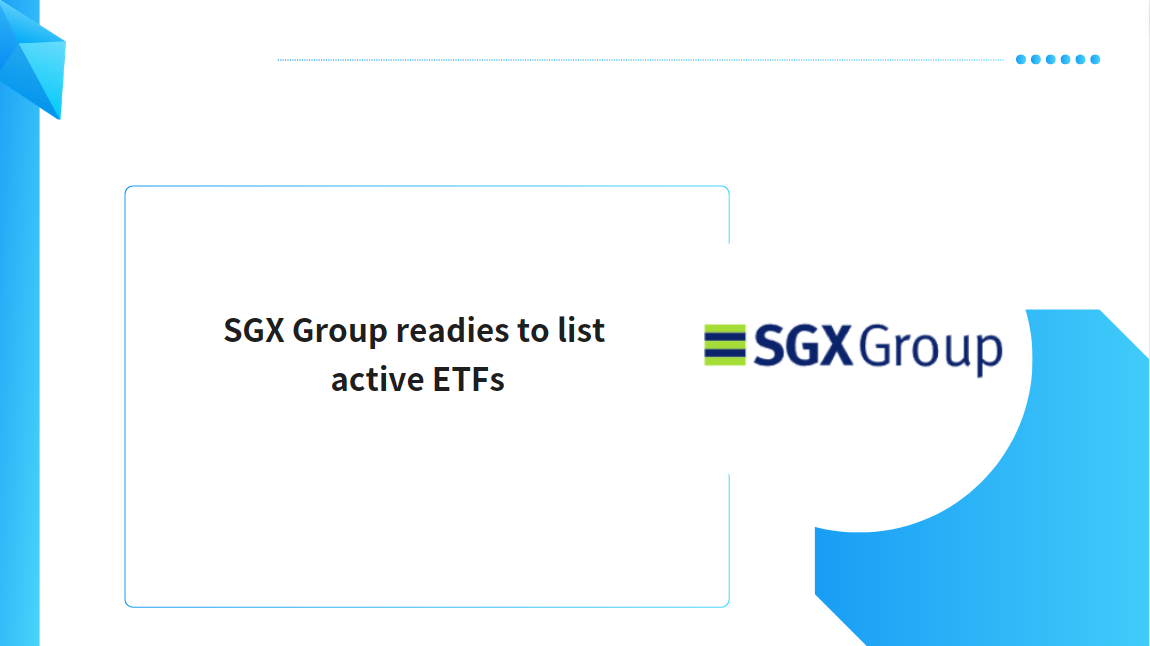Regulator's Column: What SGX RegCo expects of listed issuers when allotting excess rights shares
Introduction
From time to time, issuers may need to raise funds for various purposes including working capital and capital expenditure. In the current high interest rate environment, issuers may be prompted to review their capital structure and shift the balance towards raising equity instead of debt. Indeed, some issuers have raised equity for the purpose of paying down loans to avoid incurring high interest costs. Shareholders may also be supportive of the issuer’s fund-raising objectives and take a positive view on the issuer’s longer-term prospects.
Rights Issue
A common form of equity fund raising is the conduct of a rights issue where existing shareholders of an issuer are given the right to purchase a specified number of new shares of the issuer, often at a discount to the market price. At the time of the announcement of the rights issue, issuers should disclose if there are directors or substantial shareholders who intend to or have provided undertakings to subscribe for their rights entitlements. Issuers should similarly disclose if such persons intend to submit excess rights applications and when there are changes to such intention. The disclosures would provide transparency to shareholders who can then decide whether to accept their provisional allotment of new shares and apply for excess rights shares. Where existing shareholders do not fully accept their provisional allotment of rights shares resulting in undersubscription of the rights issue, there will be excess rights shares that the issuer may allot to shareholders who submit excess rights applications.
Chapter 8 of the Mainboard Rules and Catalist Rules sets out the rules that issuers need to comply with when conducting a rights issue, including the information that needs to be disclosed in an announcement, the procedures for applying to Singapore Exchange Regulation (“SGX RegCo”), the documents to the submitted in the application and how excess rights shares should be allotted.
This column sets out SGX RegCo’s expectations of issuers when allotting excess rights shares.
Allotment of excess rights shares
Rule 877(10) of the Mainboard Rules and Rule 814(3) of the Catalist Rules (“Rule”) require issuers to confirm that, in the allotment of excess rights shares, preference will be given to the rounding of odd lots, and that directors and substantial shareholders who have control or influence over the issuer in connection with the day-to-day affairs of the issuer or the terms of the rights issue, or have representation (direct or through a nominee) on the board of the issuer (“Restricted Individuals”) will rank last in priority for the rounding of odd lots and allotment of excess rights shares.
The purpose of this Rule is to avoid a situation where the Restricted Individuals are placed in a position of conflict where they can exercise their control or influence over the issuer to effect an allotment of excess rights shares that benefits themselves, which may at the same time cause undue prejudice to the legitimate interests of other shareholders (“Minority Shareholders”).
Compliance with this Rule requires issuers not only to provide the necessary confirmation to SGX RegCo, for the purpose of the additional listing application, but to enact it in substance. Examples of how this Rule can be applied are laid out in the below hypothetical scenarios:
Scenario 1: Minority Shareholders do not subscribe for any excess rights shares
In this scenario, all excess rights shares are available for satisfaction of the applications by the Restricted Individuals, after the rounding of odd lots by Minority Shareholders.
Scenario 2: Minority Shareholders subscribe for more than the available amount of excess rights shares (“Oversubscription scenario”)
In this scenario, after the rounding of odd lots by Minority Shareholders followed by Restricted Individuals, the listed issuer has the discretion to determine an appropriate allocation methodology for allocation amongst all the Minority Shareholders.
Scenario 3: Minority Shareholders subscribe for less than the full amount of excess rights shares available (“Undersubscription scenario”)
In this scenario, all valid applications of the Minority Shareholders must be fully satisfied before excess rights shares can be allocated to the Restricted Individuals to satisfy their valid applications.
While the above scenarios are non-exhaustive, issuers should note that allocation of excess rights shares to Restricted Individuals should, in line with the Rule, occur only after all valid applications by Minority Shareholders have been satisfied. Methodologies for allotting excess rights shares that depart from the above goes against the purpose of the Rule because they potentially allow issuers or Restricted Individuals to unduly favour themselves to the detriment of Minority Shareholders in the allocation of excess rights shares.
Consulting SGX RegCo
While the Rule exists to protect the interests of Minority Shareholders from undue influence of the Restricted Individuals in the process of allocating excess rights shares, SGX RegCo is cognisant that instances may arise where issuers may have legitimate concerns about satisfying, in full, all applications for excess rights shares by Minority Shareholders. A concern arises, for example, where the application for excess rights shares is vastly disproportionate in relation to the number of shares that a Minority Shareholder holds. Such individuals may have purchased a small quantity of the issuer's shares in order to participate in the rights issue for the purpose of acquiring a large quantity of excess rights shares at discounted prices.
In normal circumstances, issuers have sufficient discretion in the determination of their allocation methodology to achieve a fair outcome in the allocation of excess rights shares amongst Minority Shareholders. However, in the Undersubscription scenario (i.e. where the excess rights shares are sufficient to satisfy all applications by Minority Shareholders), a strict adherence to the requirements of the Rule may not fully achieve substantive fairness in the allocation of the excess rights shares. In exceptional situations where issuers have legitimate concerns, they are expected to consult SGX RegCo. The onus is on issuers to justify to SGX RegCo why it should not insist on strict compliance with the Rule.
Conclusion
SGX RegCo expects issuers to abide by the Rule for rights issues in form and in substance. In exceptional circumstances, issuers are expected to consult with SGX RegCo on the application of the Rule promptly and prior to the allocation of excess rights shares. Due to the rights issue’s timeline, issuers should closely monitor the progress of their rights issue and approach SGX RegCo as soon as such concerns arise so that shareholders are able to receive their shares in a timely manner.























































First, please LoginComment After ~